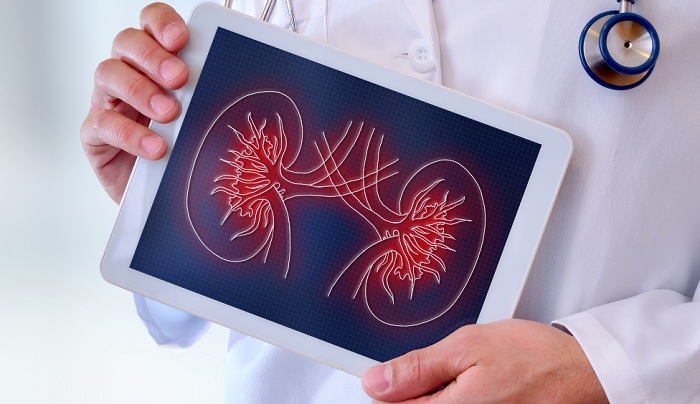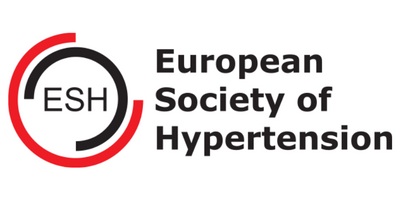- Describe the inroads created through various forms of clinical trials that have been conducted in the renal denervation (RDN) therapy landscape?
The first-generation studies on RDN were proof-of-concept studies applying radiofrequency energy, high focused ultrasound energy and perivascular injection of alcohol that found substantial decreases in 24-h ambulatory and office BP in patients with treatment resistant hypertension. Subsequently, several randomized, but open-label studies reported a significant reduction (albeit not in all studies) of ambulatory and office BP in the RDN group compared with a control group on antihypertensive medication. However, the drawbacks of this particular study led investigators to improve criteria for including study patients, the run-in phase, and/or analysis of medication adherence. In all recent sham-RCTs (SPYRAL HTN-ON and -OFF trials, RADIANCE HTN-TRIO there were clinically favorable effects of RDN for treatment of uncontrolled hypertension. The great advantage is that the intervention has shown meaningful BP decrease across multiple phenotypes of patients with mild to moderate as well as more severe hypertension in the presence and absence of medication.
Moreover, studies of RDN on diverse clinical settings of heightened sympathetic drive (like in heart failure, atrial fibriallation, metabolic syndrome) have shown promising results and further research efforts are underway.
- What are the prime requirements a patient’s body must possess before going ahead with renal denervation (RDN) therapy?
The patient should not have undergone prior RDN treatment and the renal artery anatomy should be eligible for treatment. This means that there should be at least one renal arterial vessel for each kidney greater than 3 mm and less than 8mm in diameter (including accessory, branch, and main renal arteries), there are no renal artery which contains renal artery stenosis (>50%), renal artery aneurysm, fibromuscular dysplasia, presence of a renal artery stent or calcification. Morever, patients with one kidney and severe renal dysfunction can not currently undergo RDN.
- What is the amount of time taken to see visible effects after undergoing renal denervation (RDN) therapy and describe the longevity of the treatment’s effect?
The majority of studies use the time point of 2, 3 or 6 months for the first estimation of BP reduction (both office and ambulatory). However, there are several patients who have a pronounced BP change right after the RDN.
- Describe the long-term effects of renal denervation (RDN) on the Human body? Is there a possibility of a relapse of resistant hypertension as time passes by?
All available evidence from both RCTs as well as registries of RDN support consistently the safety of the procedure short and long term. In the two pivotal trials, no major device-related or peri-procedural related safety events were observed in the SPYRAL HTN-OFF MED pivotal trial and one periprocedural adverse event (access site pseudoaneurysm successfully treated) was adjudicated in the RADIANCE-HTN TRIO trial. Future design of radial artery access systems for RDN has the potential to further diminish any vascular access site complications. Concerning the long-term safety analyses from sham-RCTs and from the Global Symplicity Registry up to 3 years there are no safety issues.
The possibility of relapse of hypertension after RDN is not evident from current data in humans.
- Can you elaborate on the innovations taking place in renal denervation (RDN) technology? Also, globally, which are the regions that have adopted the therapy on full scale as of date?
The main innovations concern further research on each type of energy (radiofrequency, ultrasound), of chemical ablation (i.e. alcohol), as well as the design of the catheters and the methodology for the RDN.
There is no region that RDN is adopted at full scale. However, there are globally numerous dedicated hypertension excellence centers and related catheterization laboratories that perform efficaciously and safe RDN procedures mainly in the context of clinical trials. The experience is growing along with the number of patients with improvement of BP control via the RDN procedure.
- Invasive renal denervation (RDN) technologies have stamped their presence, however, there is still skepticism amongst health providers due to their inconsistent results. What are your views on it?
There is always skepticism on anything innovative in medicine and this is partly justified. Moreover, the initial inconsistency of the results of the first generation RDN trials has reduced the enthusiasm for the technology. However, given the results of all recent modern RCT’s on the favorable reduction of BP in hypertensive patients with and without drug therapy after RDN, health providers can study the data and conclude that RDN represents an evidence based option to treat hypertension, in addition to lifestyle changes and blood pressure lowering drugs. In other words, RDN expands therapeutic options to address the key objective of hypertension treatment, that is to effectively achieve BP targets (that still remains an unresolved issue due to that almost half of hypertensive patients remain uncontrolled despite lifestyle amelioration and available drug treatment).
- Once treated with renal denervation (RDN), does the patient have to undergo this therapy again; If yes then what would be the timeline for it?
There is no available evidence to propose a second RDN procedure in any patient. Based on GSR the durability of BP lowering effect last atleast three years.
- What role does data have to play in the success of renal denervation (RDN) and how is the analysis done considering that this is an alternative treatment?
RDN constitutes an additive and alternative option therapy of uncontrolled hypertension and clearly not a competitive one to structured drug therapy and lifestyle intervention. Accumulation of data will help the medical community to address gaps in knowledge for RDN. Firstly, there is an urgent need to define predictors of BP response to the procedure and there are efforts focusing on diverse parameters both clinical and laboratory. There are data showing that in untreated patients with higher baseline heart rate and plasma renin aldosterone levels RDN are associated with better BP reduction. Moreover, the average and standard deviation of night-time ambulatory BP has been identified as a potential robust predictor, which requires further research. The cost-effectiveness of the procedure for the health systems is an additional point to be studied.




















